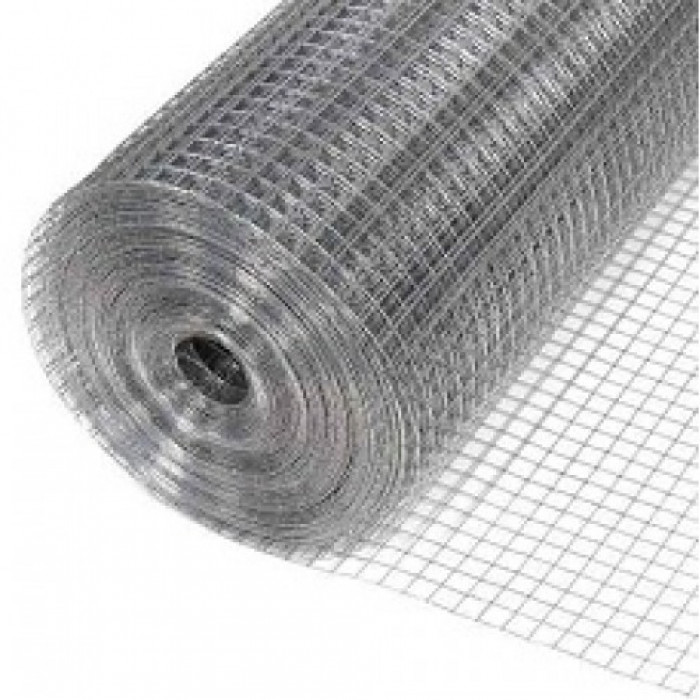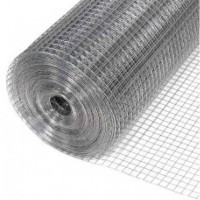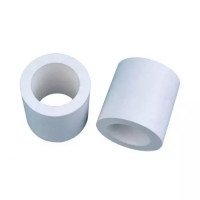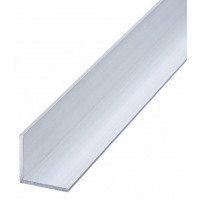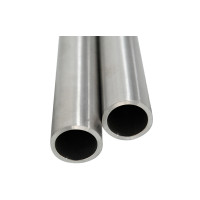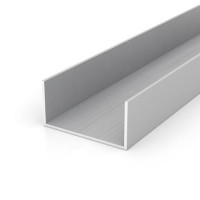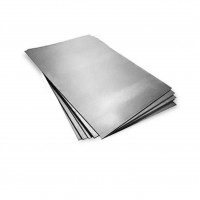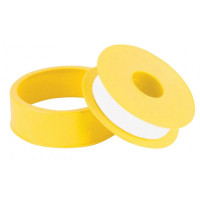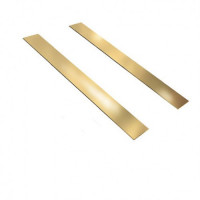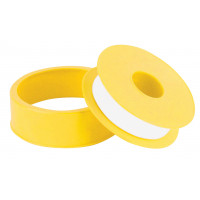Plaster steel mesh without coating 25x25 f0.9 1.0x30 hk Pr is a simple product that increases the adhesion strength of walls with finishing materials and their service life. It is produced using spot welding of a metal wire with a diameter of 0.7–0.9 mm, observing the required distance between the joints. This is how you get the desired cells: 25 by 25 mm, 12 by 12 mm or 25 by 12 mm. Then rolls are formed, their standard length is 30 m, height is 1 m.
Welded mesh is used in repair and construction work, when applying plaster, but these are far from all the options for its use:
Construction of animal enclosures and bird cages. Lightweight, durable and inexpensive material is securely attached to partitions, keeps its shape for a long time, so it is used on farms and in private households.
Filtration of dry mixtures. The metal welded mesh allows you to quickly select large fractions or keep them during washing and drying.
Fence manufacturing. They are placed along the perimeter of household plots, climbing plants are planted nearby, which eventually form a "living" hedge.
Interior decoration of premises. A high-quality mesh improves the adhesion of the plaster to the wall and makes the material resistant to changes in temperature and humidity.
It is often used when leveling floors, forming corners and openings.
The use of plaster mesh
Repairs are often accompanied by leveling the walls with plaster. In addition, it also improves thermal insulation, reduces the level of extraneous noise in the finished room. Surfaces plastered with decorative mixtures have a beautiful appearance. When the irregularities are small and there are practically no defects, then the solution is often applied simply to the prepared base. If the deviations are large, there are cracks, then a plaster mesh is necessarily used in the work to reinforce the walls. It is represented by a wide range, which allows you to choose products for certain operating conditions.
Scope of use
Reinforcing mesh for wall plastering has replaced the old methods (shingles, stuffed nails) used to improve the adhesion of the finishing layer to the base surface. It is made from materials with different properties. There are products from a large number of different manufacturers on the market.
Strengthening the base
The plaster grid is used both for internal, and external works. It is the basis of the leveling coating. The latter becomes stronger and more durable as a result. The mesh must be used to avoid the appearance of delamination, cracking, or to stop the process of crack growth itself.
The construction mesh for plaster is used to qualitatively prepare the base for further activities to decorate work surfaces. With proper installation and further plastering, it prolongs the life of the finish and helps maintain the integrity of the partitions.
Types of plaster mesh
Reinforced mesh for plaster differs in the materials used for its production, the structure and size of the cells, and the methods of creation. According to the first criterion, the following varieties are distinguished:
Products have all the advantages and disadvantages of the materials used for their production.
Plaster mesh: varieties and applications
It's no secret that reinforcement is used to increase the service life and strength of concrete and cement-sand surfaces. Its essence lies in the fact that a metal mesh made of wire or reinforcement is placed in the middle of this material. Plastering is no exception, the durability of which is out of the question without the use of a special mesh. It will be discussed in this article, in which, together with the site stroisovety.org, we will study in detail the types of meshes used for applying plaster, deal with their purpose and decide on the question of how the plaster mesh is attached.
Plaster mesh: types and scope
To date, the modern industry engaged in the production of meshes for plaster is ready to offer its consumers a fairly impressive selection of these products. The mesh may have a special purpose and differ not only in the materials used for its manufacture, but also in its technical characteristics.
Masonry plastic. It is made from modern polymers and is highly durable. As a rule, it is produced with a 5x5mm cell and is used to reinforce brickwork produced on thin layers of mortar. It is also successfully used for applying plaster mortars of small thickness.
Universal with a small cell (6x6mm). Made from polyurethane. It is an excellent solution for reinforcing thin plasters and other wall and ceiling finishing mortars. Its main advantages are versatility and functionality. It is suitable for the production of works in any volume.
Universal average. As in the previous case, it is made of polyurethane, buthas a cell size 13x15mm.
Advantages and disadvantages
To date, the range of plaster meshes is very diverse. Steel structures made of polyurethane, plastic and fiberglass became available for use. But the most popular are those made on the basis of metals.
This is due to the many features of their technical characteristics:
The metal mesh has a special strength, which helps it withstand heavy loads. If a thick layer of plaster is required to level a large surface area, then it is better not to save money and purchase just such a material for reinforcement.
Its use is possible when working on any bases and with different compositions of rough finishing solutions.
The application of the plaster layer is not limited to its thickness. When working with thin or light bases, it is possible to apply a minimum layer of up to 20 mm. If it is necessary to equalize differences in surface height levels on a vertical wall, then it is permissible to apply a mortar with a thickness of more than 50 mm.
In preparation for plastering a metal base, a reinforcing mesh can be welded to it, which will ensure greater reliability of the entire structure.
To cut out individual pieces of a free configuration from a solid web, it is sufficient to use a hand tool, for example, scissors for cutting metal or wire cutters.
Fixing such reinforcement does not require much time and effort. To create a strong connection with the base, it is enough to fix the mesh in only a few places.
The main disadvantage of this type of material is its significant weight. It can be strengthened only on surfaces that can withstand the total weight of the metal mesh and finishing leveling mixtures. Do not reinforce on drywall or hollow brick surfaces.
Reinforcing meshes are used both for plastering and for creating cement screeds or concrete pads. In their production, metal blanks are used, the thickness of which depends on the expected load on the lined surface. They also differ in cell size. For plastering, lighter options are used, the wire thickness of which does not exceed 1.5 mm and with a mesh size of up to 30 mm.
Manufacturers offer customers rolled and sheet reinforcing meshes. Each of these types is easy to use in its own way. When carrying out finishing work in areas of great length, it is better to use rolled reinforcing meshes. This will require additional efforts during stretching and fastening, but it will significantly improve the quality and appearance of the finished coating - it will be more even, since a single piece of canvas is used during work, which is distinguished by the absence of seams and overlays.
For artificial stone, it is necessary to select a small size of the coating.
The mesh attachment technology differs depending on the basis of the surface. It is enough to weld it to the metal using a welding machine. If the mesh is quite thin, then it is conveniently attached to a wooden base with an industrial stapler that shoots large staples.
This material is becoming more and more popular among buyers due to the relatively low price and very high quality, it can also be used at any stage of construction or decoration. Most often, welded mesh is used for the following types of work:
strengthening the foundation of the building;
reinforcement of walls made of bricks and various blocks;
when performing finishing work on load-bearing surfaces;
when installing the thermal insulation layer.
It is made from metal rods of different diameters by welding them. However, the distance between them can be quite different. The weight of the mesh is small compared to other types.
The main disadvantage of this type of plaster reinforcement is the weakness of the welds - they may cause gaps and rust. The smaller the cell size, the higher the probability of destruction, since there are more of these seams. In addition, the mesh, stored in rolls for a long time, is deformed, which greatly complicates subsequent work.
You can buy the Steel grid plaster without covering 25x25 f0.9 1.0x30 hk Pr from us at the most favorable price in Ukraine. A wide range of products allows us to quickly and efficiently fulfill any order, helping to complete any construction work on time.
No questions about this product, be the first and ask your question.

